
Researchers from France recently found that higher base levels of vitamin D were not associated with a stronger immune response in HIV-infected patients.


Researchers from France recently found that higher base levels of vitamin D were not associated with a stronger immune response in HIV-infected patients.
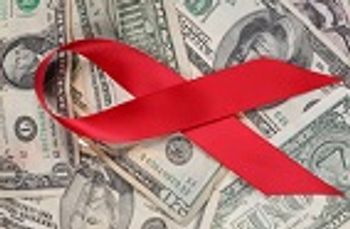
Efforts to end the HIV/AIDS epidemic by 2030 face funding challenges, although new research is showing that we now have the tools and technology to eliminate the virus as a global health threat.
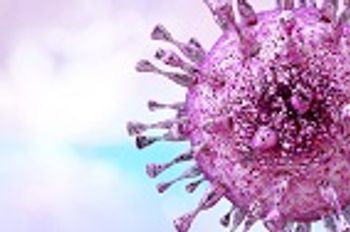
Researchers have found that the most common childhood cancer, acute lymphocytic leukemia, can be linked with congenital cytomegalovirus (CMV), a virus in the herpes family.
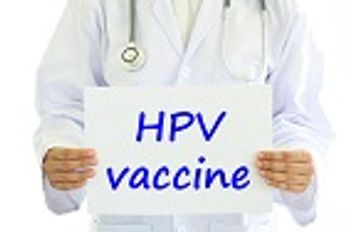
Researchers recently utilized Twitter user data to discern public opinions on the human papilloma virus (HPV) vaccine, with surprising results.

UC San Francisco researchers have found a link between pubic hair grooming and sexually transmitted diseases.

Acute myocardial infarction rates are higher in HIV-positive patients; a new study out of the VA may help clinicians determine who’s most at risk.

Male circumcision has been promoted by public health officials as a way of reducing HIV-1 infection rates, and now, the first study of its kind shows that circumcision rates have also impacted the spread of HIV-2 in West Africa.

As rates of syphilis have gone up around the world, a team of researchers from the University of Zurich have found that today’s epidemic strains have shared origins and emerged after the discovery of antibiotics.

A dynamic partnership has resulted in the development of a new, minimally-invasive device that can be used to treat HIV, cancer, and a number of other disease, ensuring medicinal adherence.
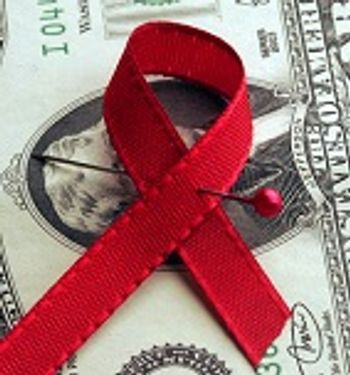
Aggressive and earlier treatments can forestall new HIV infections, but how much are we willing to spend?

A new report from the European Center for Disease Prevention and Control estimates that there are 122,000 people living with undiagnosed HIV in the region, and call for improved testing services to increase diagnosis rates.

Multidrug-resistant HIV is a growing problem that can undo two decades of progress in the fight against the HIV/AIDS epidemic, and now a new study shows that the resistance is growing.
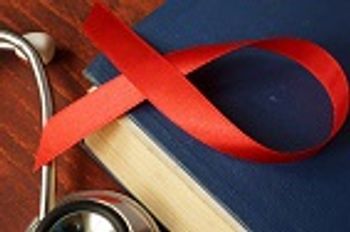
California health officials’ “Getting to Zero” plan aims to dramatically cut the number of HIV cases in California through increased surveillance, access to care, and treatment.
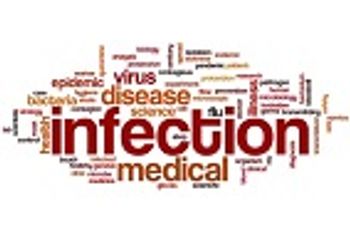
University of Arizona researchers look at important trends related to infectious disease mortality in the United States.
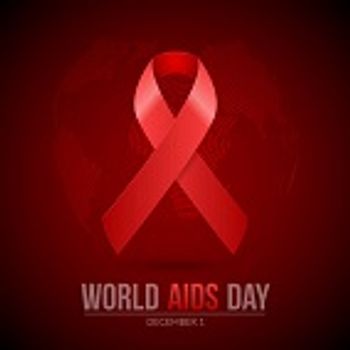
In honor of World AIDS day, the National Institutes of Health reflected on advancements made in the fight against HIV and address future goals designed to end the HIV/AIDS pandemic.
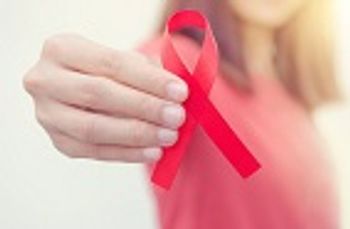
The National Institute of Mental Health has granted researchers at the University of Pennsylvania School of Nursing and New York Blood Center $769,578 to go towards efforts to create an HIV awareness program for women.
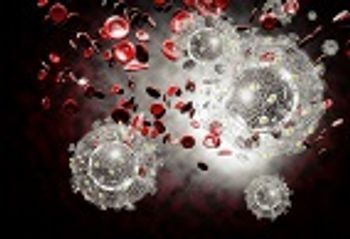
HIV used to be a death sentence, but highly active antriretroviral therapy means infected individuals are living long enough to die from other diseases.

This afternoon, the CDC held a telebriefing on how the use of syringe services programs by injection drug users has increased, but access to these programs needs to improve in order to improve HIV prevention efforts.

The first HIV vaccine efficacy study in seven years is currently being conducted in South Africa, with researchers testing if a new vaccine regimen called HVTN 702 can provide adequate protection against HIV.
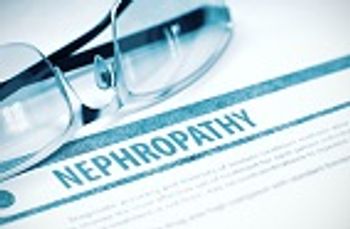
A new study sheds some light on the precise mechanisms involved in the development of HIV-1 associated nephropathy.
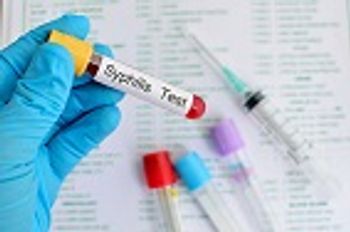
The Alabama Department of Public Health has issued a health advisory in an attempt to increase awareness and prevention efforts in Madison County after seeing a dramatic increase in reported syphilis cases since last year.

The US Department of Health and Human Services has added seven new substances to its list of carcinogens deemed harmful to human health.
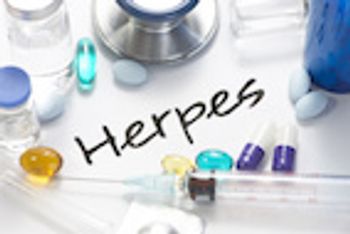
Phase 2a trial data show that GEN-003 can durably reduce herpes simplex virus (HSV)-2 shedding and clinical disease for up to 12 months after dosing.

Buyers clubs are still going strong in the United States and around the world as the offer a low-cost alternative for individuals with HIV and hepatitis c virus (HCV) who often find themselves struggling to pay for the expensive medications they need to treat their illness.
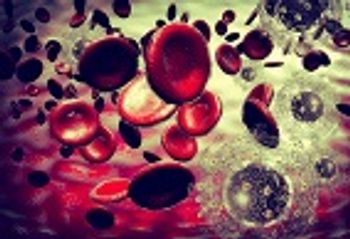
Scientists from the National Institute of Allergy and Infectious Diseases have discovered a broadly neutralizing antibody that is able to neutralize 98% of HIV strains.